I learned interesting tidbits about African communal eating culture after being introduced to African cuisine soon after I moved to Melbourne.
On the first try, I felt indifferent to African cuisine. I thought it wasn’t something I would crave; I was glad I tried a new cuisine as part of my culture checklist. But Fafa loved it, so we had another round of African cuisine and then another. Eventually, I slowly developed a taste and appreciation towards it.
Communal Eating Culture
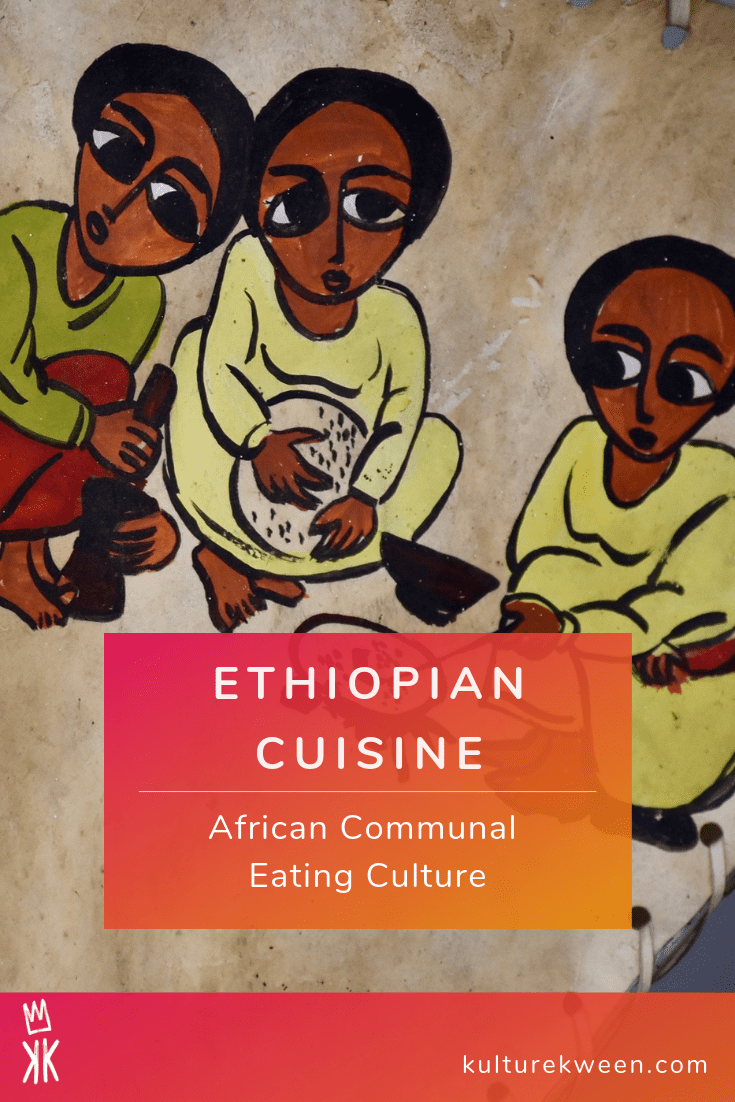
The most exciting fact about African cuisine is the communal eating concept, where the family and friends gather around a large plate of food and eat from it together by taking the food using their right hands. This is not an entirely foreign concept for me as eating using your right hand is a part of Indian culture; we don’t share the plate or the banana leaf.
Ever since we tried it, I have loved this tradition. Sharing the food and the plate with our family, friends, and loved ones builds a stronger sense of community.
African Cuisine
African cuisine itself is both unique and flavorful. It’s like the little sister of South Indian cuisine to my Indonesian taste buds; way less spicy but as delicious.
So far, from the few variations I have tried, my favourite is the Biray Kulwa, meat cooked with Ethiopian spices, and Doro Tibs, chicken marinated in herbs and spices, cooked with mild chilli and Awazi sauce. Meanwhile, the Jollof rice is as delicious as Hyderabadi biryani. It also reminded me of the savoury yellow rice we made in our Ubud cooking class.
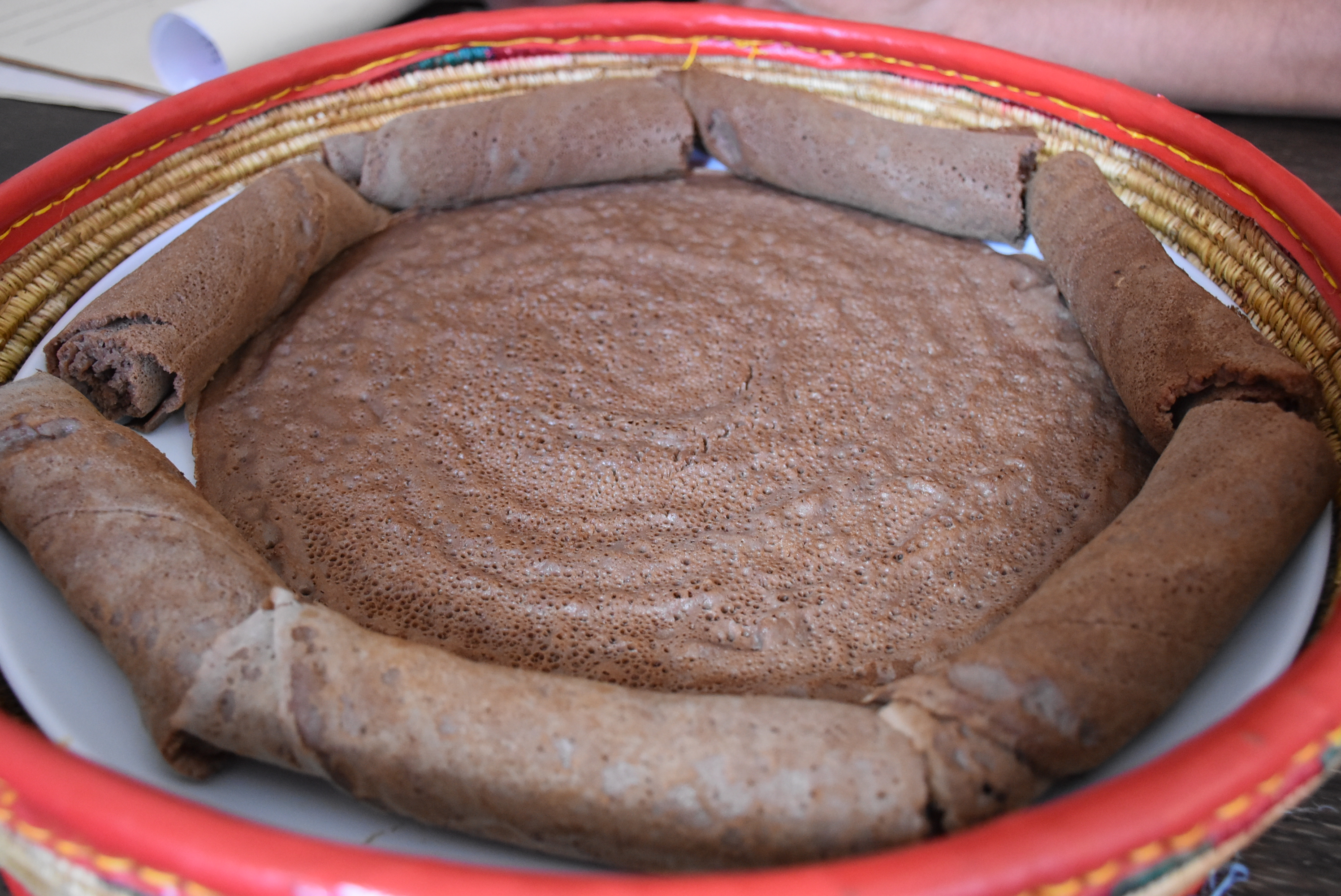
Injera
Injera is a sourdough-risen flatbread with a slightly spongy texture, traditionally made from teff flour. It is a staple in some African countries, mainly Ethiopia. Saba, the owner of our go-to Ethiopian restaurant in Fitzroy, taught us how to eat with injera. We are supposed to tear a small piece of the injera bread, use it to spoon the food served on top of it, and eat it together with the food. It’s very similar to dosa, yet another reason why African food rings close to South Indian food for me.
Berbere
Every time we eat African cuisine, we ask for a plate of berbere on the side. Berbere is an orange-coloured African chilli powder made of spices and everything excellent. It adds flavour (and spiciness) to the food, which adds to our dining pleasure.
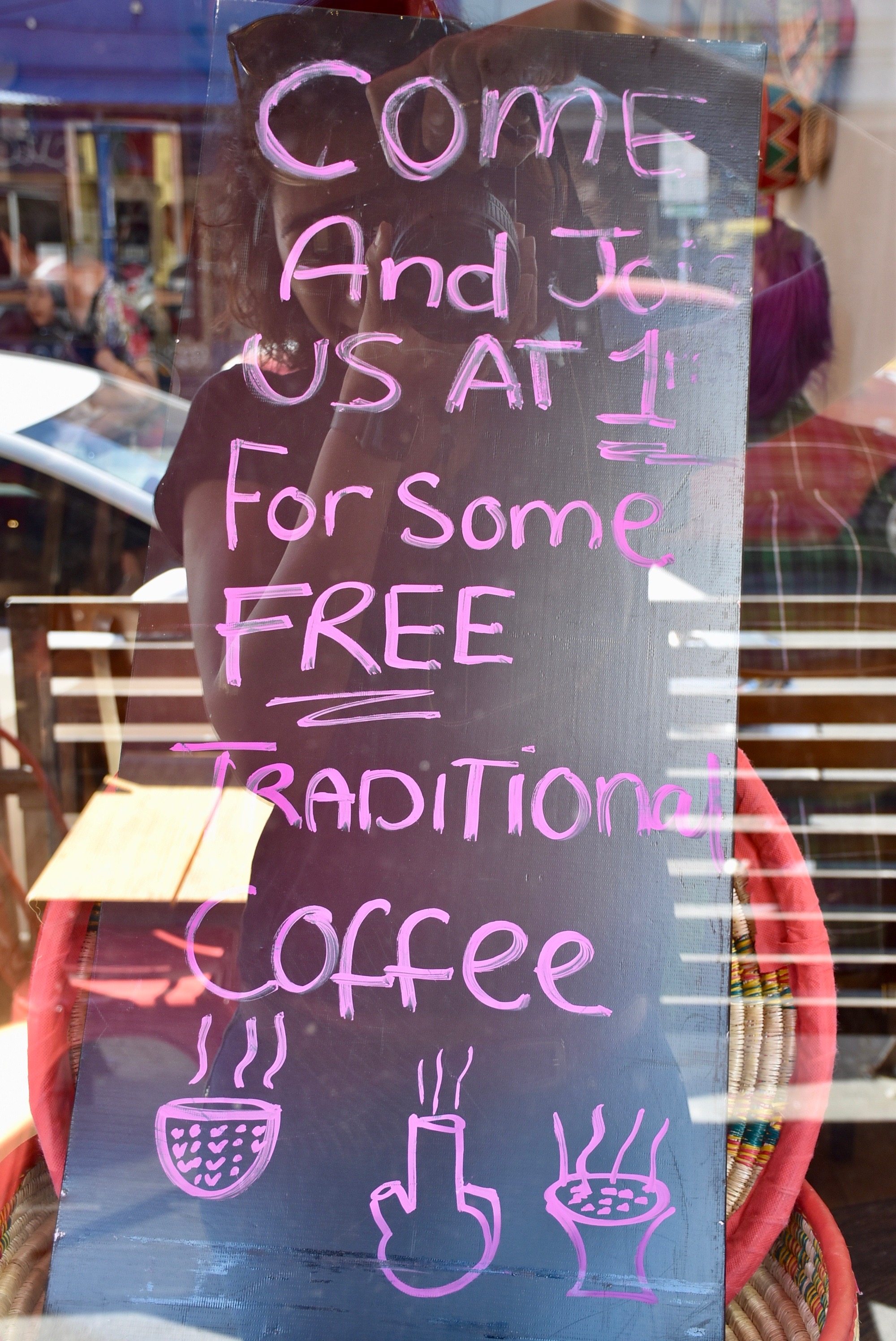
We usually finish our African cuisine meal with a traditionally roasted, freshly brewed coffee served in a tiny cup. The coffee is rich and strong. It’s not something I take if I have a nap in my schedule for the day.
Another delightful thing about going to an African restaurant is the music playing in the background. Almost all the African restaurants we have here played some music, enhancing the ambience. So with that and the distinctive food aroma in the air, I know I am in for a treat.
Follow me on Instagram @KultureKween for more recent updates.
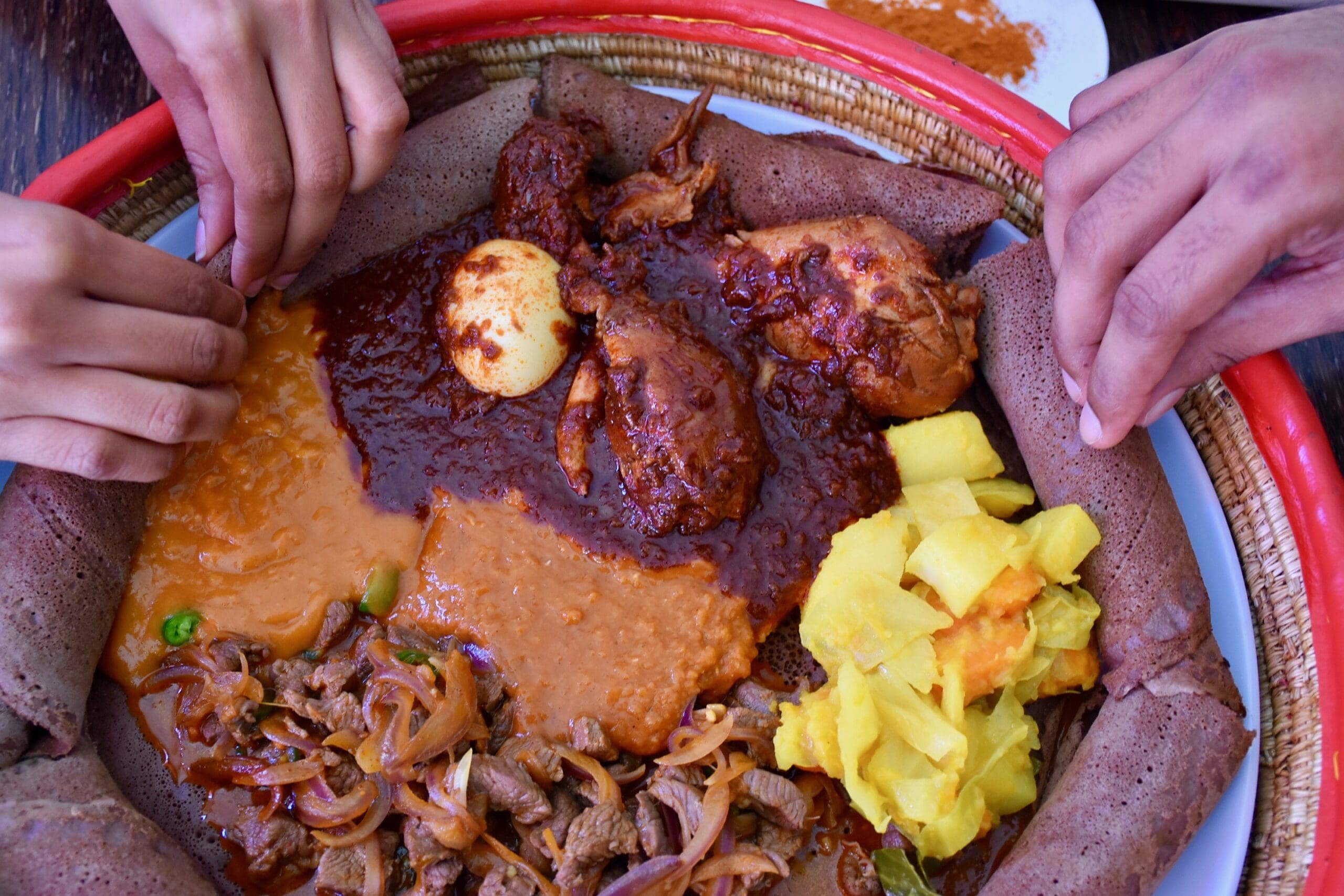
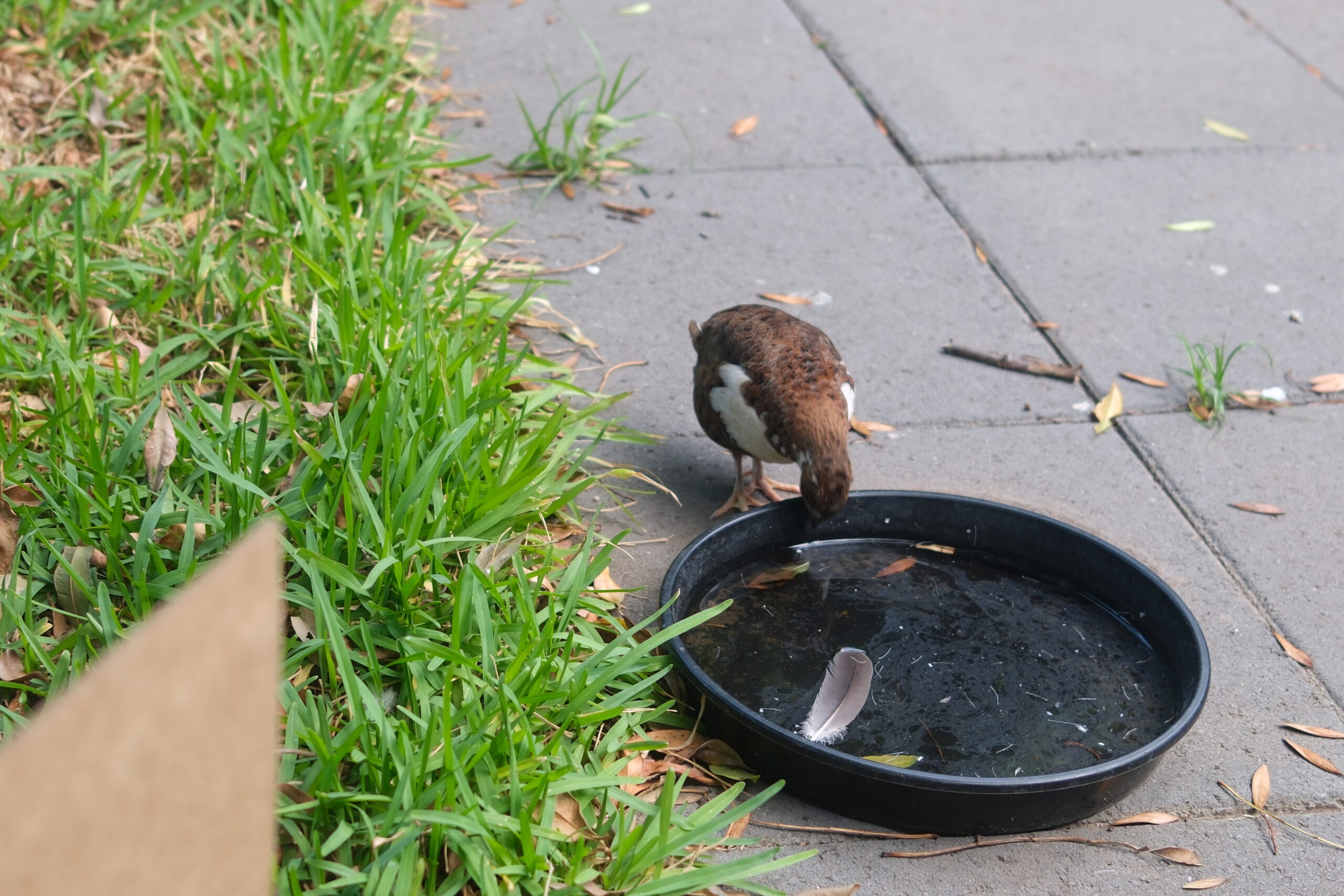

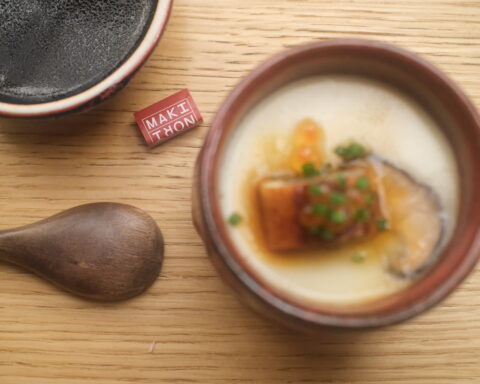

[…] Brazilian 🍜 British 🍜 Bush Tucker 🍜 Chilean 🍜 Cambodian 🍜 Caribbean 🍜 Danish 🍜 Ethiopian 🍜 Fijian 🍜 France 🍜 Germany 🍜 Hakone 🍜Hokkaido 🍜 Hong Kong-nese 🍜 Hyderabadi […]
Sheger Cafe welcomes you! Our Cafe serves traditional Ethiopian cuisine and is owned and operated by a family. There is no influence of other culinary traditions or cultures on our food. All of our dishes are traditional Ethiopian dishes.
[…] also serves delicious Ethiopian cuisine (with vegan-friendly options), comparable to the now-closed iconic Saba’s in Fitzroy. And […]
[…] a few years ago, I put all African cuisine under one cuisine umbrella. But, ever since I realized how ignorant I was, I tried to expand my […]
[…] African Cuisine Communal Eating Culture […]
[…] African Cuisine Communal Eating Culture […]
[…] think modern headwraps have a significance in Kikuyu culture – I wear them as a general Pan-African/Diaspora/Black people around the world type of trend or […]
[…] African Cuisine Communal Eating Culture […]